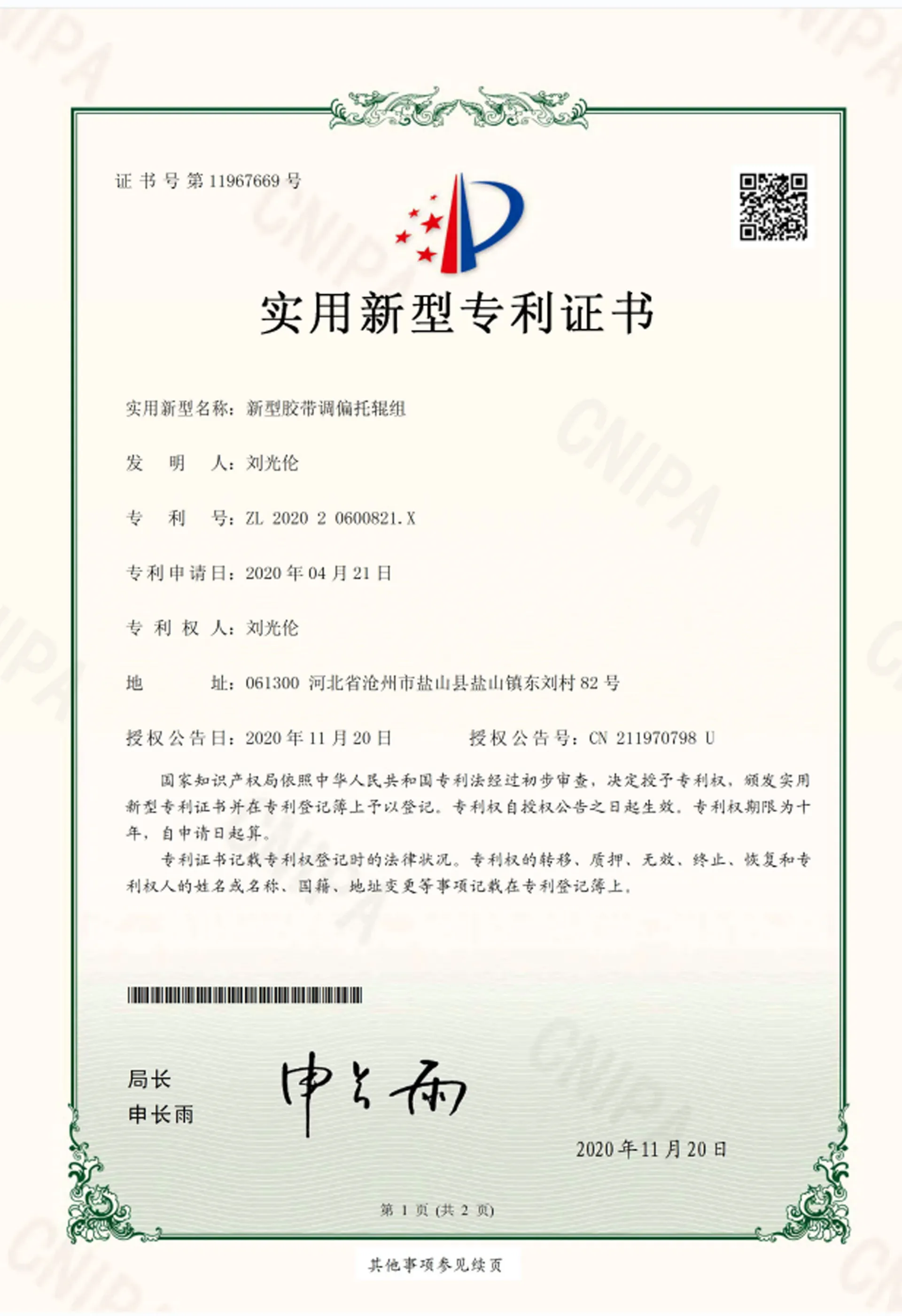 Afrikaans
Afrikaans  Albanian
Albanian  Amharic
Amharic  Arabic
Arabic  Armenian
Armenian  Azerbaijani
Azerbaijani  Basque
Basque  Belarusian
Belarusian  Bengali
Bengali  Bosnian
Bosnian  Bulgarian
Bulgarian  Catalan
Catalan  Cebuano
Cebuano  Corsican
Corsican  Croatian
Croatian  Czech
Czech  Danish
Danish  Dutch
Dutch  English
English  Esperanto
Esperanto  Estonian
Estonian  Finnish
Finnish  French
French  Frisian
Frisian  Galician
Galician  Georgian
Georgian  German
German  Greek
Greek  Gujarati
Gujarati  Haitian Creole
Haitian Creole  hausa
hausa  hawaiian
hawaiian  Hebrew
Hebrew  Hindi
Hindi  Miao
Miao  Hungarian
Hungarian  Icelandic
Icelandic  igbo
igbo  Indonesian
Indonesian  irish
irish  Italian
Italian  Japanese
Japanese  Javanese
Javanese  Kannada
Kannada  kazakh
kazakh  Khmer
Khmer  Rwandese
Rwandese  Korean
Korean  Kurdish
Kurdish  Kyrgyz
Kyrgyz  Lao
Lao  Latin
Latin  Latvian
Latvian  Lithuanian
Lithuanian  Luxembourgish
Luxembourgish  Macedonian
Macedonian  Malgashi
Malgashi  Malay
Malay  Malayalam
Malayalam  Maltese
Maltese  Maori
Maori  Marathi
Marathi  Mongolian
Mongolian  Myanmar
Myanmar  Nepali
Nepali  Norwegian
Norwegian  Norwegian
Norwegian  Occitan
Occitan  Pashto
Pashto  Persian
Persian  Polish
Polish  Portuguese
Portuguese  Punjabi
Punjabi  Romanian
Romanian  Russian
Russian  Samoan
Samoan  Scottish Gaelic
Scottish Gaelic  Serbian
Serbian  Sesotho
Sesotho  Shona
Shona  Sindhi
Sindhi  Sinhala
Sinhala  Slovak
Slovak  Slovenian
Slovenian  Somali
Somali  Spanish
Spanish  Sundanese
Sundanese  Swahili
Swahili  Swedish
Swedish  Tagalog
Tagalog  Tajik
Tajik  Tamil
Tamil  Tatar
Tatar  Telugu
Telugu  Thai
Thai  Turkish
Turkish  Turkmen
Turkmen  Ukrainian
Ukrainian  Urdu
Urdu  Uighur
Uighur  Uzbek
Uzbek  Vietnamese
Vietnamese  Welsh
Welsh  Bantu
Bantu  Yiddish
Yiddish  Yoruba
Yoruba  Zulu
Zulu conveyor pulley lagging material
Conveyor Pulley Lagging Material Essential for Efficient Operations
Conveyor systems are integral to numerous industries, from mining and manufacturing to logistics and food processing. At the heart of these systems lie conveyor pulleys, which play a pivotal role in ensuring the smooth and reliable operation of conveyor belts. One critical component of conveyor pulleys is the lagging material, which significantly impacts performance, efficiency, and longevity.
Lagging material is applied to the surface of drive and tail pulleys to enhance the interaction between the pulley and the conveyor belt. This relationship is crucial since it directly affects belt traction and stability during operation. The primary purpose of lagging is to provide additional grip, thereby reducing slippage and preventing wear on the belt. This is especially important in heavy-duty applications where the demands on the conveyor system can be extreme.
There are several types of lagging materials available, each with its unique properties suited for different applications. Common materials include rubber, ceramic, and polyurethane. Rubber lagging is widely used due to its excellent abrasion resistance and ability to provide adequate traction. It is particularly effective in environments where the conveyor is subjected to material build-up, as it minimizes the chances of slippage.
Ceramic lagging, on the other hand, is designed for applications with higher demands for durability and resistance to wear. It features ceramic tiles embedded in a rubber matrix, providing exceptional grip and a long service life. This type of lagging is ideal for conveyors that handle heavy, abrasive materials, such as in mining or aggregate operations.
conveyor pulley lagging material

Polyurethane lagging is another option that offers a combination of flexibility and toughness. It is versatile and can adapt to various operational conditions, making it a popular choice in multiple industries. Polyurethane lagging is also known for its resistance to chemicals and UV light, making it suitable for applications in harsh environments.
When selecting lagging material, it is crucial to consider several factors, including the type of material being transported, operating conditions, and the specific requirements of the conveyor system. For example, in environments where moisture and temperature fluctuations are common, choosing a lagging material that can withstand these conditions will help in maintaining system efficiency and reducing maintenance costs.
Additionally, proper installation and maintenance of lagging material are vital to ensuring optimal performance. Regular inspections can help identify wear and tear, allowing for timely replacements before significant issues arise. This proactive approach not only enhances the longevity of the pulley and belt but also minimizes downtime, leading to significant cost savings.
In summary, conveyor pulley lagging material plays a critical role in the effective operation of conveyor systems. By providing increased traction, reducing wear, and protecting against harsh conditions, lagging material ensures that conveyor systems run smoothly and efficiently. As industries continue to evolve, the importance of selecting the right lagging material will remain paramount, impacting operational performance and, ultimately, the bottom line. Thus, investing in high-quality lagging solutions is essential for any organization relying on conveyor systems for material handling.
-
Revolutionizing Conveyor Reliability with Advanced Rubber Lagging PulleysNewsJul.22,2025
-
Powering Precision and Durability with Expert Manufacturers of Conveyor ComponentsNewsJul.22,2025
-
Optimizing Conveyor Systems with Advanced Conveyor AccessoriesNewsJul.22,2025
-
Maximize Conveyor Efficiency with Quality Conveyor Idler PulleysNewsJul.22,2025
-
Future-Proof Your Conveyor System with High-Performance Polyurethane RollerNewsJul.22,2025
-
Driving Efficiency Forward with Quality Idlers and RollersNewsJul.22,2025





























